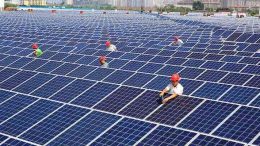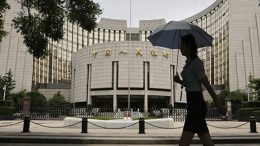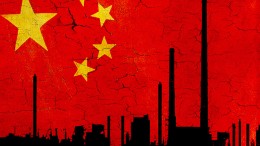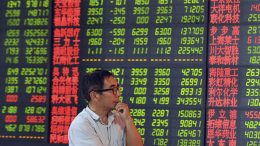China’s Dominance In The Solar Industry: A Danger For Massive ESG Investment
Portocolom AV | China currently dominates the solar industry, with Chinese companies controlling around 80% of the global solar supply chain, from raw material refining to panel production and assembly. In 2020, 45% of the global supply of poly silicon, the key refined material that comprises 95% of solar panels, came from China’s Xinjiang Uyghur Autonomous Region. The governments of the US, UK, Canada and the Netherlands have declared that China has committed genocide and crimes against humanity in its treatment of Uighurs and other Muslim-majority peoples in Xinjiang.









